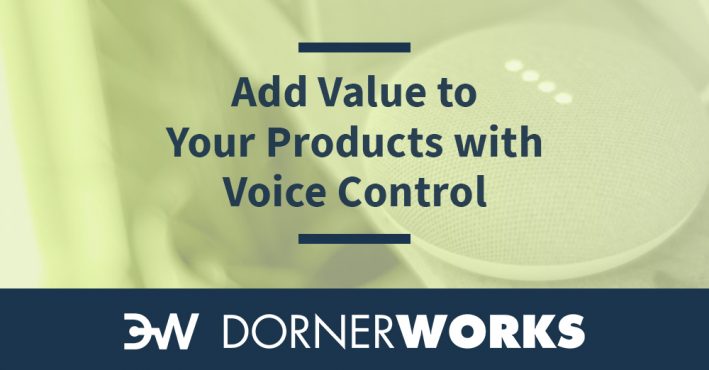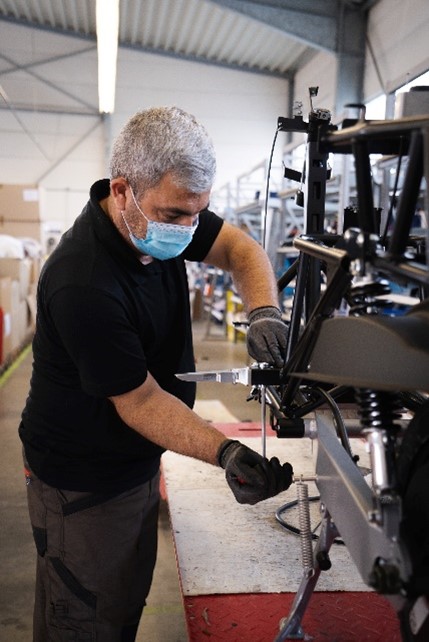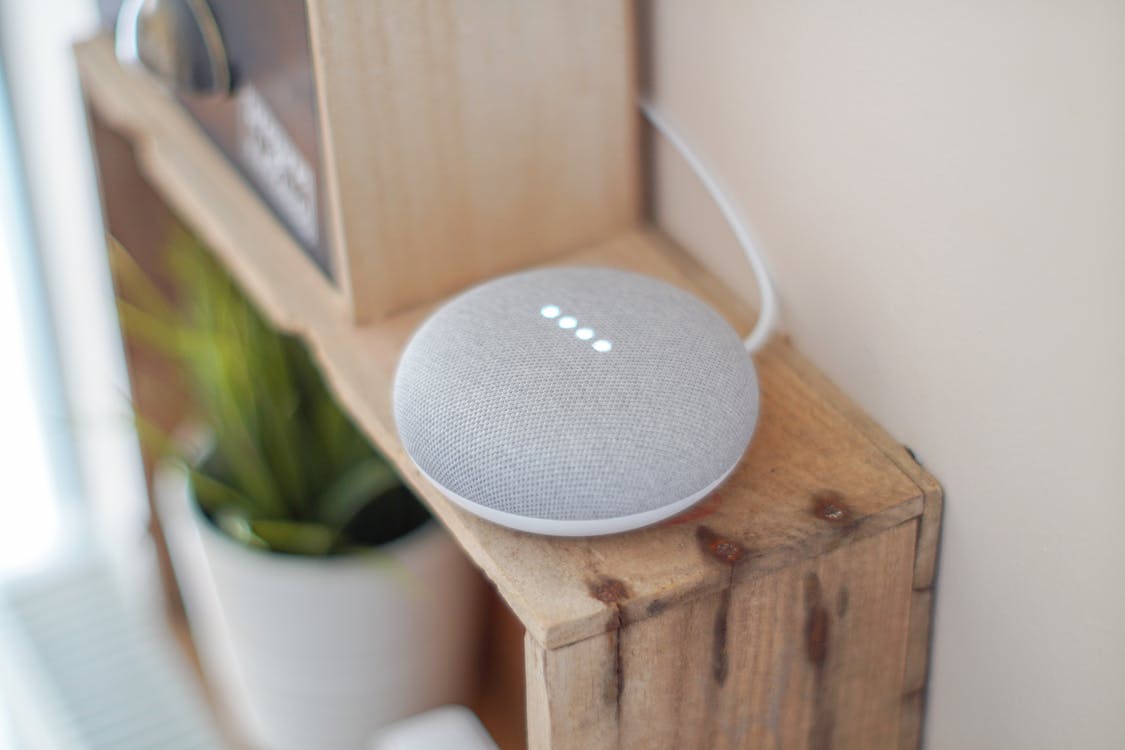
If you want to give your customers safer or hyper-personalized product experiences, voice control can help you reach that goal while reducing product costs.
Voice control provides three distinct benefits that can add value to electronic products in multiple markets:
Voice control features are also not terribly complicated to integrate with even hobby-level development kits, but they do prompt some security concerns that could have an impact on the legal and regulatory landscapes in the coming years.
First, the good stuff.

Workforces on the factory floor, around the office copy machine, even in the hospital have learned to adapt to social distancing. Contactless interaction has become a new standard, and a critical product feature for electronic devices.
Voice control is helping product makers develop safer products for this situation, allowing users (where time-critical machine safety concerns are not an issue) to interact with devices at a distance rather than potentially leaving germs for the next person to pick up.
As Cnet puts it, “The less that you, your housemates and your guests have to touch in your home, the fewer opportunities there will be to exchange germs. That includes the novel coronavirus that causes COVID-19 disease, which may persist on surfaces for as long as up to nine days.”
Another benefit when considering voice control is a reduced BoM cost.
In certain environments, especially in industrial settings, personnel obtain data by manually traversing through menus on a touch display. But, often times these displays are rarely used, typically only when troubleshooting or performing maintenance activities. Given that the bulk of the BoM cost is determined by the choice of display, one method to significantly reduce this cost is to replace a costly, full-featured display with a less expensive model that delivers the necessary readout and provide the user with a minimal set of voice commands that will provide them with the data they need.

Google Assistant and Alexa can recognize individual voices to cater to customer preferences in shopping, music, content, and other categories. Retailers have been incorporating voice control at more points of sale, too, now that consumer studies show personalized experiences can lead to larger purchases. Voice control can improve the consumer experience and operational efficiency of nearly every type of service, from giving customers unique methods of control, to guiding them to the shortest shopping queues and providing helpful advice along the way.
Voices have unique characteristics just like fingerprints, yet they require no physical interaction to use. Using voice recognition software algorithms, developers can build tailored experiences triggered by specific voice profiles. DornerWorks engineer David Norwood says a simple example of this level of hyper-personalization can be found in most any smart speaker.
“If I talk to the speaker, it recognizes my voice and Spotify will play my playlist. If my wife talks to it, it will play her playlist,” he says.
Of course, that’s what you hope happens.
Given a certain level of noise, any voice command may be obscured in the “ears” of a listening device. Virtually no voice profiling algorithm is perfect, and it’s not uncommon for a command like “Connect to my phone” to result in unintended connections to spouses or children’s’ devices by mistake. Along more malicious lines, false actors may be able to access certain features of a system by altering their voice to sound more like the intended user.
Voice-impersonation with smart devices is a new area for the U.S. legal system to consider, but one that developers cannot ignore. Mitigating this risk with new layers of security could likewise increase the value of voice-activated products.
“There’s a lot of research going on right now trying to find out how to identify that and how to prevent that from happening,” Norwood says.
“Voice attacks against speaker recognition can be done using technical means, such as voice conversion, speech synthesis and replay attacks. The scientific community is systematically developing techniques and countermeasures against technically generated attacks,” writes Rosa González Hautamäki, a researcher from the University of Eastern Finland who has published multiple papers on the topic of smart speaker spoofing. “However, voice modifications produced by a human, such as impersonation and voice disguise, cannot be easily detected with the developed countermeasures.”
Privacy is also a concern with voice control. Such devices are always listening for particular wake words, after which they switch into an active listening mode. The point is, they are always listening and that can make voice-controlled devices inappropriate for environments where personal or classified information is shared.
Like all new technologies, voice control brings both benefits and risks. Working with DornerWorks as a trusted development partner is one way to bring those benefits to your products and mitigate those risks.

DornerWorks has developed a demonstration IoT platform that incorporates voice control through Amazon Alexa alongside mobile app integration. It accelerates IoT product development by providing a foundation for robust feature sets. Norwood says the demo can be easily ported to multiple platforms.
“Whether it’s Xilinx, NXP, Microchip or another with its own compatibilities for specific things, you really just have to make sure that you’re using one of those models and it’s pretty cut and paste,” he says.
If you would like to help your customers flourish with the benefits enabled by voice control, schedule a meeting with us today. Our team will work with you on developing a plan to turn your ideas into reality.
DornerWorks engineer David Norwood contributed to this article.